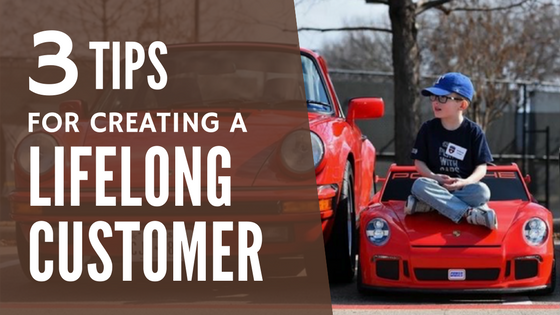Pinterest: The New Google?
/The other day, I was listening to a webinar from Guy Kawasaki and Peg Fitzpatrick called “The Art of Social Media.” Guy and Peg are two of the most well known influencers on social media, so I was curious to hear what they had to say.
One thing in particular caught my attention: they argued that Pinterest might be the new Google. Whoa.
At first I thought, “Eh, I’m not so sure about that.” But as they continued their explanation, I grew more and more intrigued.
Once I got thinking, I realized that I actually have searched for certain things on Pinterest before (or instead of) searching on Google. In my experience, inspirational quotes, memes, recipes, design ideas, and fun infographics are easier to find on Pinterest than Google. The quality and variety of images on Pinterest is usually better as well.
“The Art of Social Media” webinar and this particular claim inspired me to do a little thinking and research of my own. Here are 3 reasons why Pinterest might be the new Google:
Pinterest has plenty of new and fresh results. It is estimated that 5 million pins are “pinned” by users each day. Pins are constantly rearranging and reordering to make room for new images on the page. For instance, when you search for “craft ideas” on Monday, different pins will appear when you search the same phrase on Tuesday. You can also add #hashtags to each pin in order to tag your images with the appropriate category and increase the odds that it will appear in a given search.
Pinterest leads to ‘accidental discovery.’ It is very easy to stumble upon new and interesting pins. One pin or search result can easily lead to another pin, another website, another blog etc. (Any avid pinner knows what I’m talking about!) There are also “suggested pins” on your home page that are posted by people with similar interests as you. This so-called “accidental discovery” is spontaneous and fun and can lead to lots of interesting finds. Google hasn’t been as successful with this feature.
Pinterest utilizes a successful voting system. Pins with a high number of likes or re-pins are considered more popular than others and will show up more frequently in search results. It’s that simple! By liking or re-pinning an image, you are essentially upping that pin’s chances of appearing in a search result. Google doesn’t use a system quite like this, so most of their search results remain in the same ranking over time.
Perhaps claiming, “Pinterest is the new Google” is a bit of a stretch, but I do agree with the points that Guy and Peg were making. At the end of the day, Pinterest is a rapidly growing and innovative platform with a unique search engine that should be explored. Plus it’s visual and so fun!
What do you think about this claim? Have you had any luck with Pinterest search results? Let us know what you think or which search engine you prefer!











